Description
| Species | Ganoderma lucidum |
| Difficulty ℹ️ | 🍄🍄 |
| Spore Coloration | Reddish Brown |
| Ecology | Parasitic and saprophytic |
| Edibility | Inedible |
The lingzhi mushroom is a polypore fungus belonging to the genus Ganoderma. In many countries, it is called the Reishi mushroom. Its red-varnished, kidney-shaped cap and peripherally inserted stem gives it a distinct fan-like appearance. When fresh, the lingzhi is soft, cork-like, and flat.
The history of the Ganoderma lucidum taxon is tied to the history of Ganoderma as a genus. Karsten first described the Ganoderma in 1881 and included only one species in the genus, G. lucidum (Curtis) Karst. Previously, it was called Boletus lucidus Curtis (1781) and then Polyporus lucidus (Curtis) Fr. (1821). Patouillard revised Karsten’s genus Ganoderma to include all species with pigmented spores, adhering tubes and laccate-crusted cuticles, which resulted in a total of 48 species classified under the genus Ganoderma in his 1889 monograph.
Despite this recognition of additional species and subsequent discoveries of new Ganoderma species, such as 17 new North American species identified by Murrill North in 1902, the taxonomy of Ganoderma species has remained chaotic, and the species name Ganoderma lucidum continues to be used for most Ganoderma species, including commonly misidentifying Ganoderma sichuanense (= Ganoderma lingzhi) (also known as reishi mushroom (Japan) or lingzhi/ling chih (China)), the sought-after red Ganoderma species used in traditional Asian medicine. It is important to note that G. lucidum is not a synonym for G. sichuanense (nor G. lingzhi) and is not in the same clade: based on molecular phylogenetic analyses, G. lucidum is more closely related to North American species Ganoderma tsugae and Ganoderma oregonense than to G. sichuanense, whose sister taxa include Ganoderma curtisii and Ganoderma ravenelii.
These genetic analyses tested species concept hypotheses to determine how the Ganoderma taxa are related. One such study found six major clades among the 29 samples studied. Samples labeled as G. lucidum were found in five of the six clades, showing the extent of the confusion around species identification. Another study found similar results, and also showed that Ganoderma resinaceum from Europe and the North American sample wrongly labeled G. lucidum were sister taxa and were also more closely related to each other than the European G. lucidum sensu stricto.
A recent multilocus phylogeny, using ITS, tef, rpb1, and rpb2, revealed that the global diversity of the Ganoderma species included three supported major lineages.[10] These results agree with several of the earlier works focusing mostly on morphology, geography and host preference, but with statistical support separating the European and North American taxa. The phylogenetic species concept using a multilocus approach is currently the most robust and accepted method for designating species ranks for the fungi
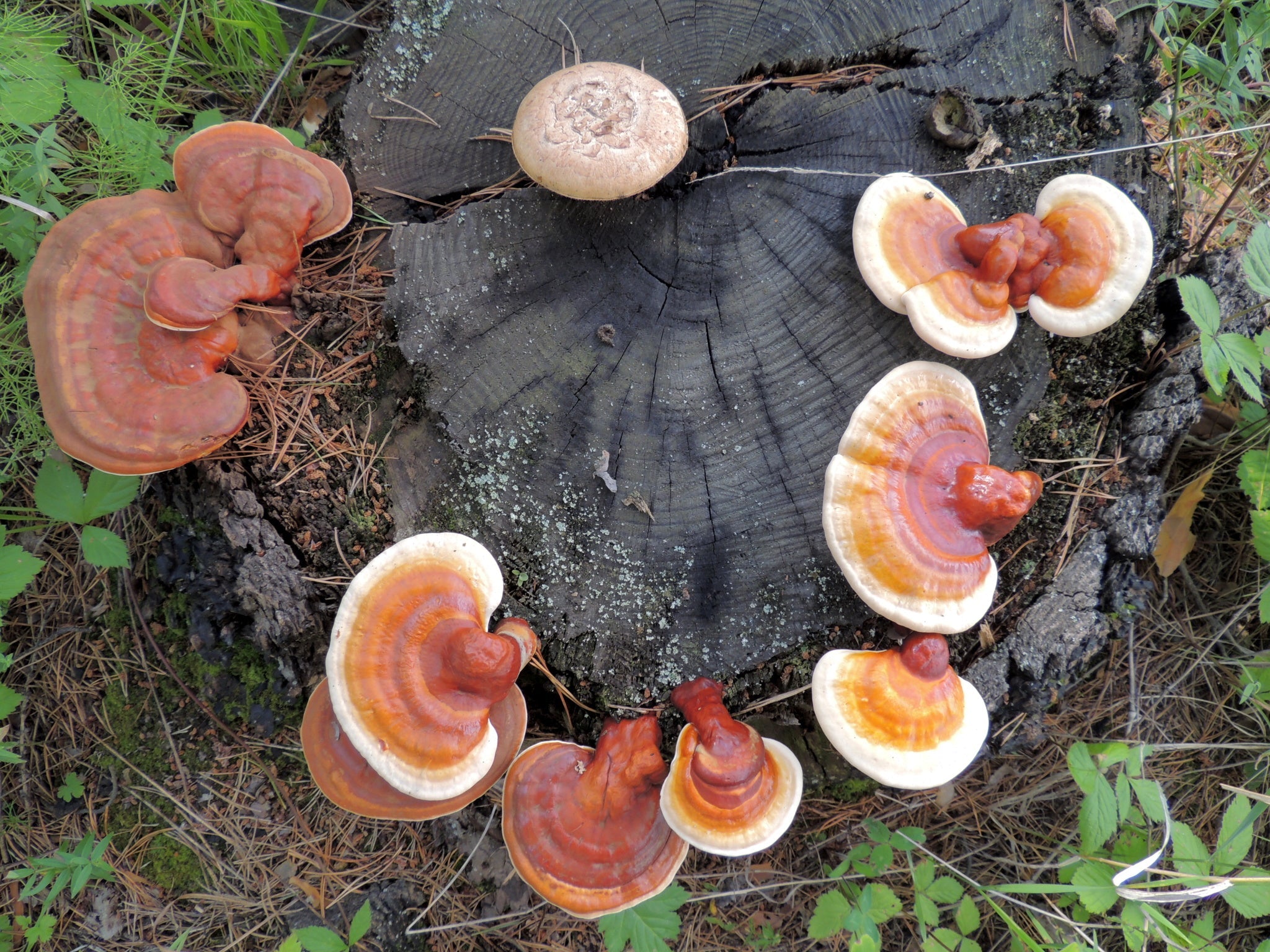

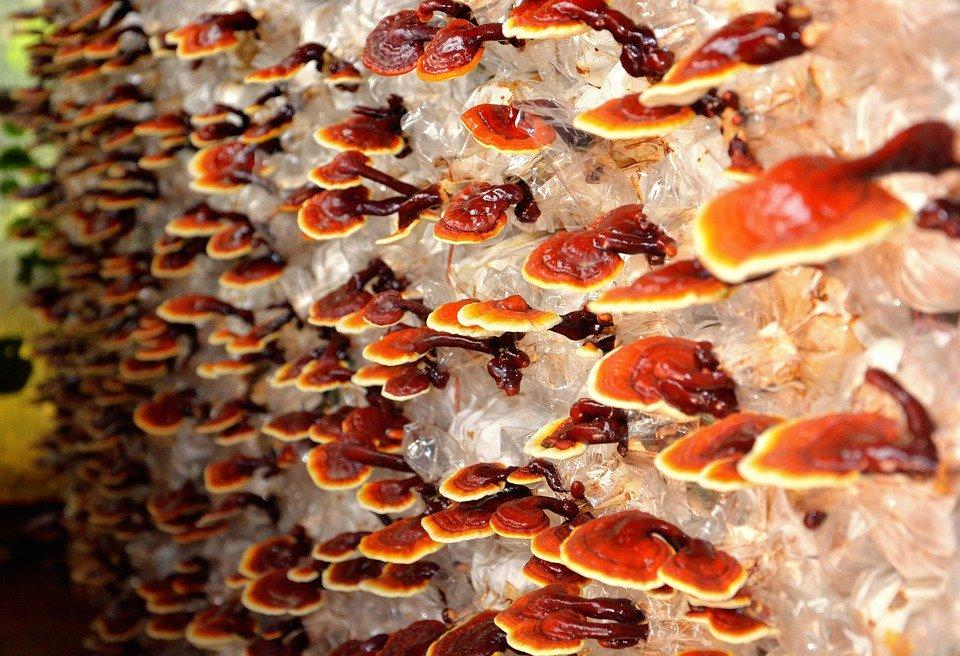
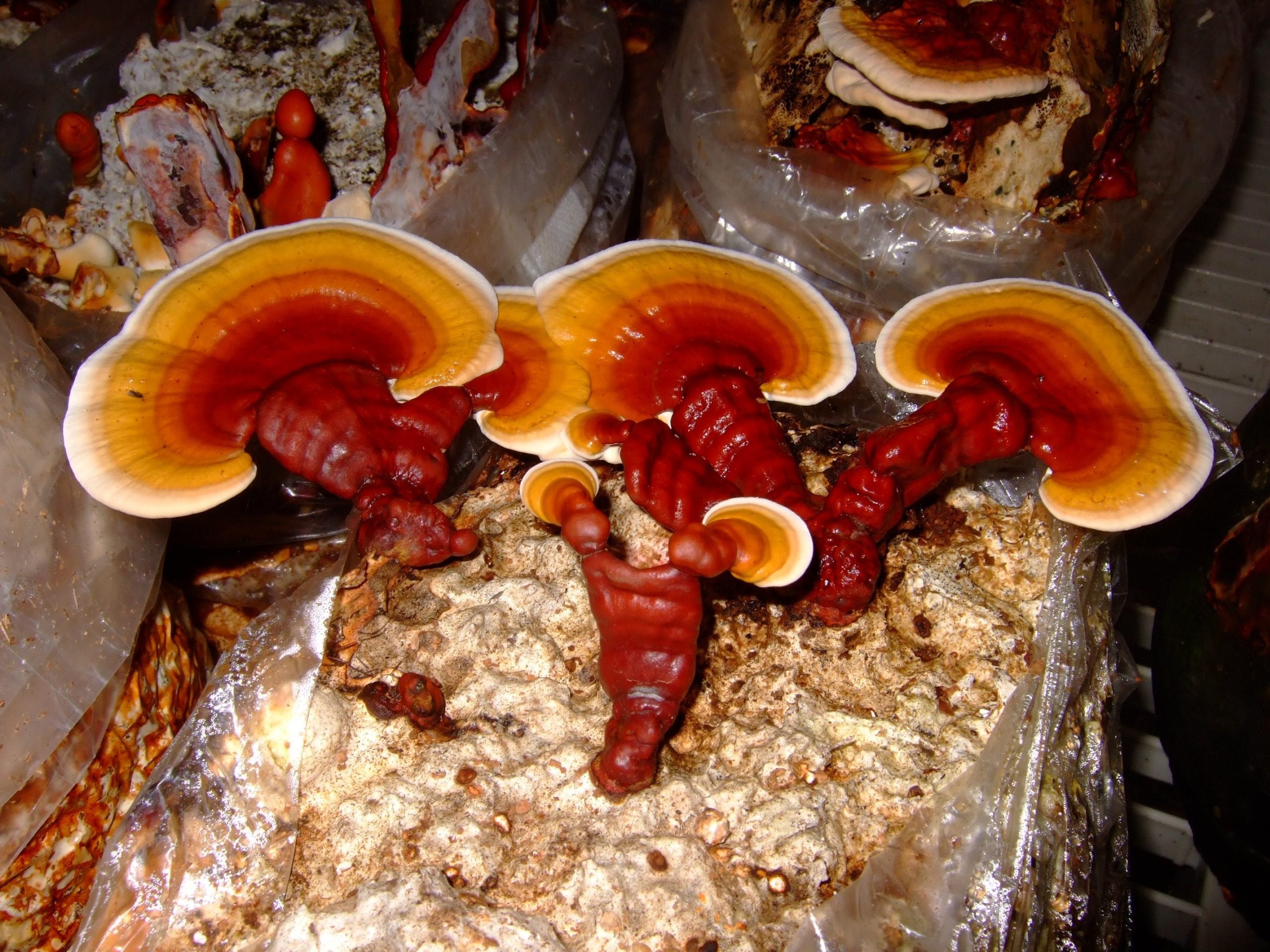
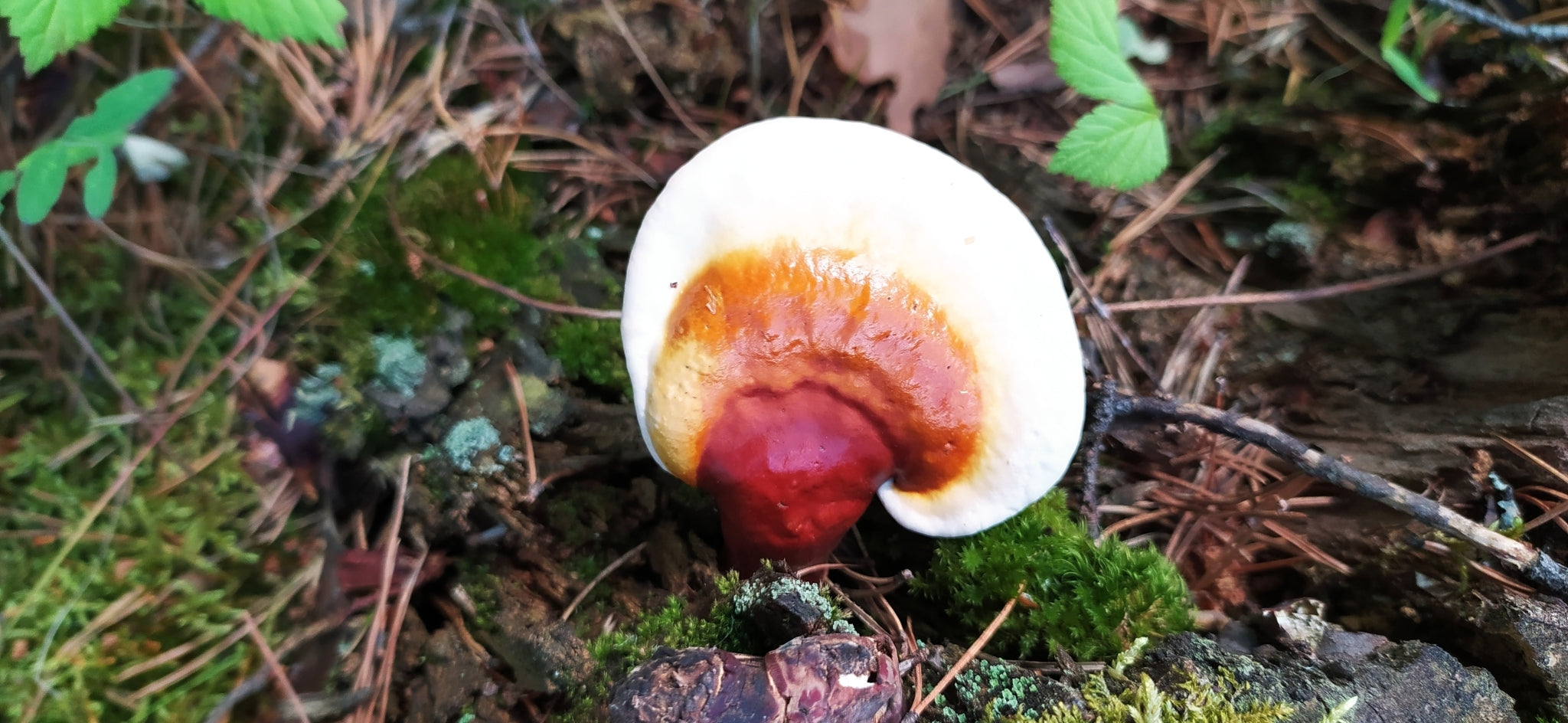
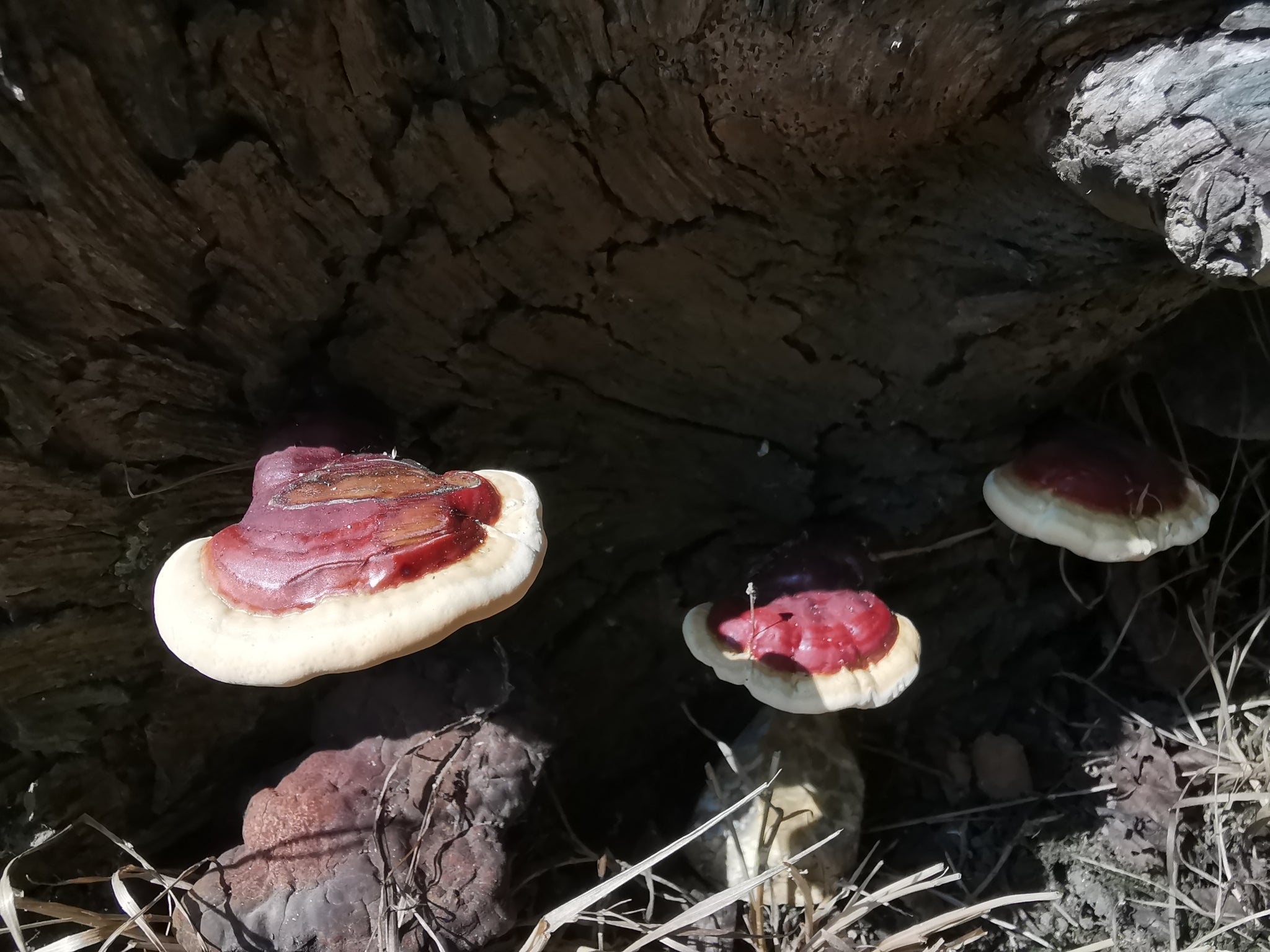
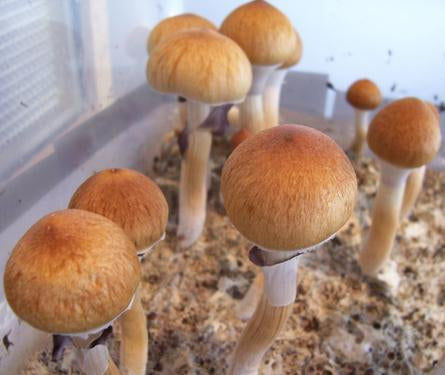
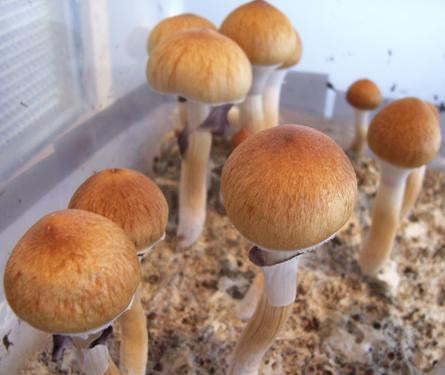


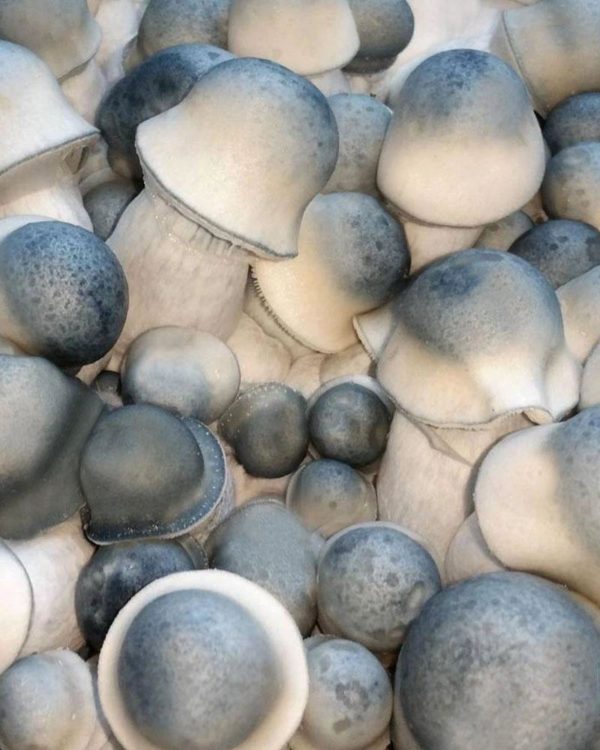
Reviews
There are no reviews yet.